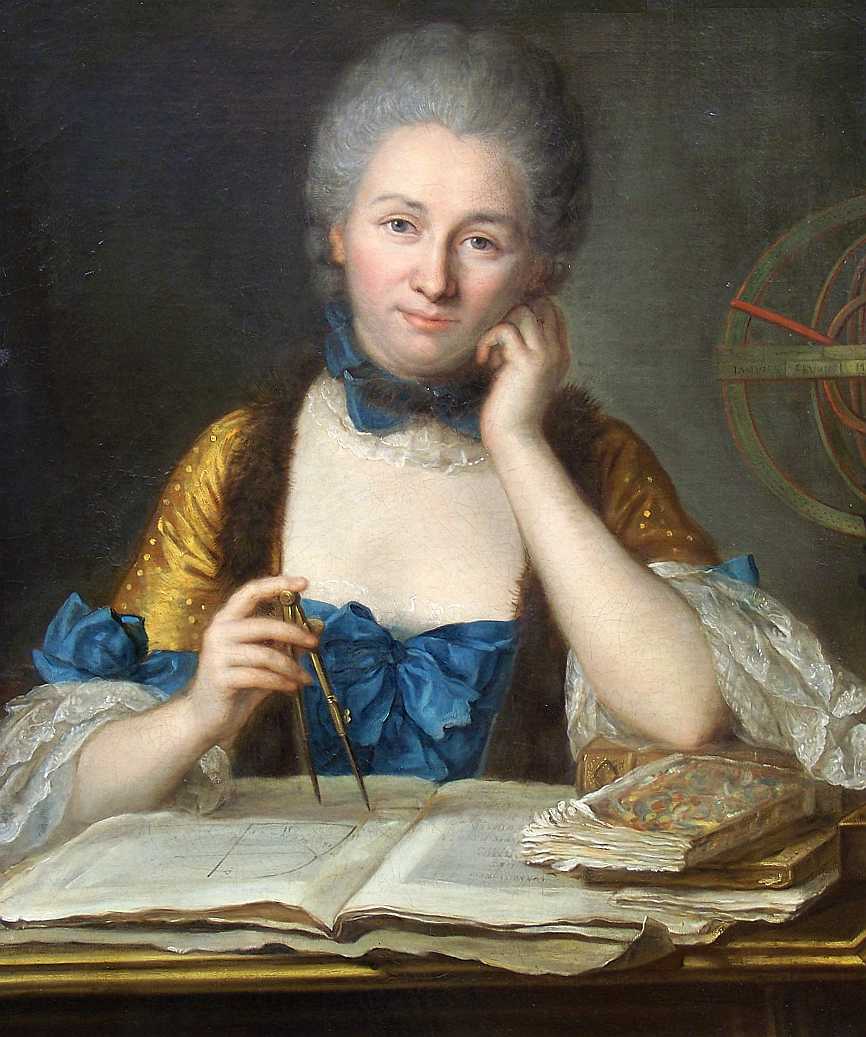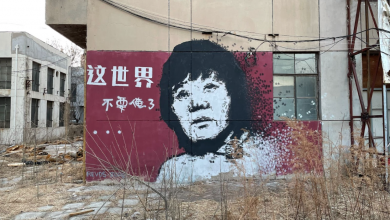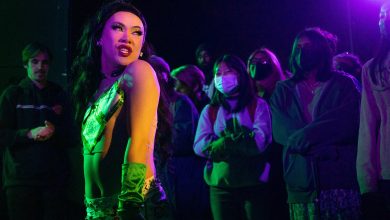Happy Pi Day: Women in STEM

Photo: Portait of Émilie du Châtelet by Maurice Quentin de La Tour [Public domain], via Wikimedia Commons
As Pi Day passes us this weekend and we all stuff ourselves with enormous slices of pie, it seems only right that we should acknowledge some women who were and are amazingly influential in the world of science.
Émilie du Châtelet was a French aristocrat during the early 18th century. As such, she was extremely educated and able to pursue her “masculine” interests of math and sciences like astronomy and physics. Her marriage to the absent Marquis du Châtelet allowed her the space and time to both further her knowledge and have an affair with Voltaire, the latter of which she’s primarily known for. Some of her most influential contributions to science include her demonstrations of the law of conservation of energy and her translation of Newton’s Principia Mathematica into French, along with notes and clarifications on Newton’s concepts.
Lise Meitner discovered nuclear fission in 1938, although Otto Hahn, one of her partners, took the credit for it and their previous work together. A Jewish-Hungarian physicist, Meitner was working in Stockholm after fleeing Germany with the help of Danish scientist Niels Bohr. Meanwhile, Hahn was working in Berlin, and so was able to submit their work for publication without including her name. Meitner and her nephew, Otto Robert Frisch, also published papers about nuclear fission, although a few months after Hahn did. However, Frisch contacted Bohr about their joint discovery of fission, who ensured that Meitner was properly credited at least some of the time.
Hedy Lamarr was an Austrian actress and inventor. She was introduced to science when her abusive first husband reportedly forced her to abandon her European acting career and become a housewife. An arms manufacturer, he brought her with him to business meetings about military technology and science. After divorcing him and moving to Hollywood, Lamarr worked with inventor George Antheil to create frequency hopping. Although invented as part of the war effort, frequency hopping was not used by the U.S. military until the Cuban Missile Crisis in 1962. Today, it is in cell phones and WiFi, among other things.
Chien-Shiung Wu was a professor at Princeton University and Smith College before working on the Manhattan Project at Columbia University. Often called the “First Lady of Physics,” Wu helped develop the process for separating uranium metal into two different isotopes of the element, and along with her colleagues overturned the law of conservation of parity. For the latter, her colleagues were awarded the 1957 Nobel Prize in Physics. Wu continued teaching until 1981, and after worked as a lecturer and advocate for women in science.
Henrietta Lacks died of cancer in 1951, at the age of 31. Before her death, her doctors removed some cells from her tumor without her consent, which was extremely common at the time. These cells were the first HeLa cells, and developed into the first “immortal cell line.” Since then, they’ve been sold and used to study things ranging from vaccines to cancer. During that time, her family was not informed that Lacks’ cells were used until the 1970s, and even recently have been left out as the scientific community makes decisions about HeLa cells and their family’s genetics.




